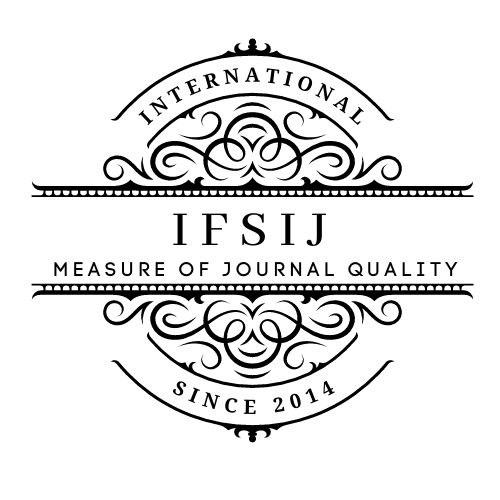ASSESSMENT OF THE MORPHOPHYSIOLOGY OF LEGUMINOUS PLANTS (INFLUENCE ON THE DEVELOPMENT OF TUBERS, GRAIN YIELD, AND YIELD)
Keywords:
Leguminous plants, morphophysiology, nitrogen fixation, root development, photosynthetic efficiency, drought resistance, sustainable agriculture, crop productivity, genetic studies, soil fertility.Abstract
Leguminous plants play a significant role in agriculture, contributing to soil fertility, biodiversity, and food security. Their unique morphophysiological characteristics enable them to adapt to diverse environmental conditions while forming symbiotic relationships with nitrogen-fixing bacteria. This process improves soil nutrient content and reduces the need for chemical fertilizers, making leguminous plants essential for sustainable farming. Morphophysiological studies focus on understanding the structural and functional aspects of these plants, including root development, leaf morphology, photosynthetic efficiency, and water-use mechanisms. Research highlights the ability of legumes to withstand drought and nutrient-poor soils, emphasizing their resilience in changing climatic conditions. The study of leguminous plants' morphophysiology also provides insights into improving crop yield, enhancing stress tolerance, and optimizing agricultural practices. Advancements in biotechnology and genetic studies further contribute to identifying key traits that enhance legume productivity. By exploring the morphophysiology of leguminous plants, researchers can develop strategies to maximize their benefits in agriculture while ensuring ecological sustainability.
Downloads
Published
Issue
Section
License

This work is licensed under a Creative Commons Attribution-NonCommercial-NoDerivatives 4.0 International License.















